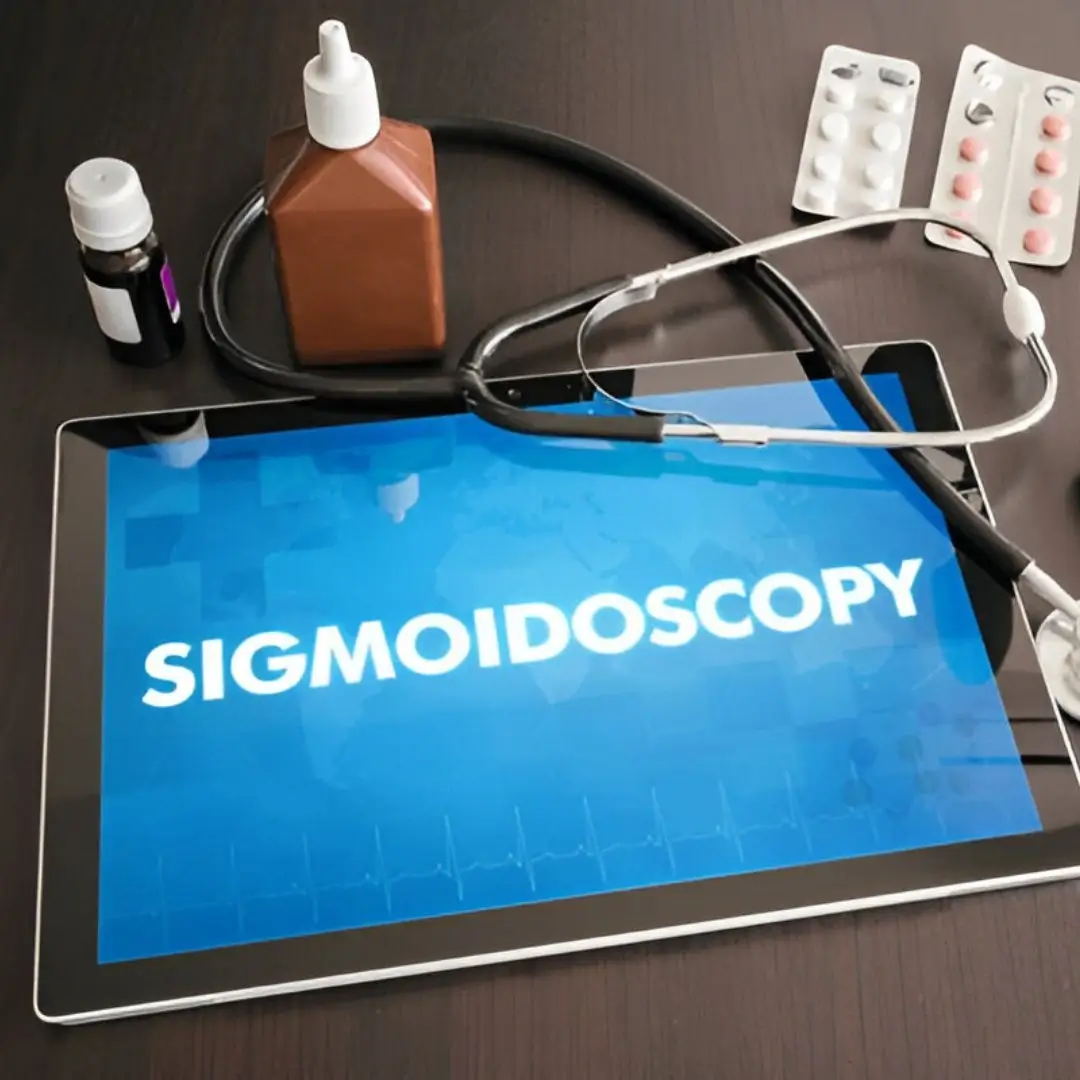Frequently Asked Questions
Sigmoidoscopy is a procedure that allows doctors to examine the lower part of the large intestine, including the rectum and sigmoid colon.
It is performed to investigate symptoms like rectal bleeding, chronic diarrhea, abdominal pain, or to screen for colorectal cancer.
Preparation usually involves a clear liquid diet and bowel cleansing using enemas or laxatives the day before the procedure.
Sedation is usually not required, but some patients may be given mild sedatives to ease discomfort.
The procedure typically takes about 10 to 20 minutes.
Most patients experience mild discomfort or cramping, but the procedure is generally well tolerated.
You will be advised to avoid solid food and follow a specific preparation protocol before the test.
Risks are minimal but can include bleeding, perforation of the colon, or infection.
A flexible tube with a camera is inserted into the rectum to examine the sigmoid colon while you lie on your side.
Yes, if polyps or abnormal tissue are found, they can be removed during the procedure.
Most people can resume normal activities immediately after the procedure.
If sedation was given, it’s recommended that someone drives you home; otherwise, you can drive yourself.
Sigmoidoscopy examines only the lower colon, while colonoscopy views the entire colon.
Yes, it is an effective screening tool for detecting colorectal cancer and precancerous polyps in the lower colon.
Coverage varies by insurance plan; check with your provider for details.

